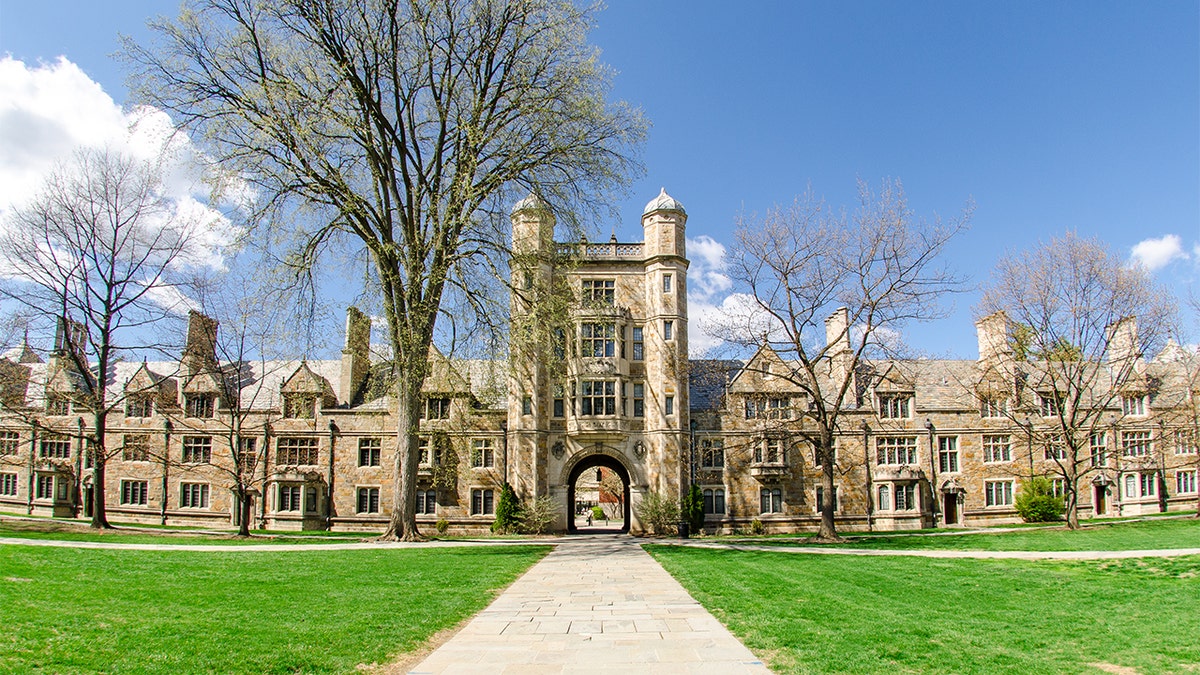College students are considering alternatives for the fall semester
Community colleges could see a surge in enrollment this fall as more four-year institutions decide to keep classes online because of the coronavirus.
Get all the latest news on coronavirus and more delivered daily to your inbox. Sign up here.
Higher education will continue this fall, but many colleges and universities remain uncertain of how that will take shape.
Countless presidents and provosts have released memos expressing confidence that classrooms will house professors and students alike by summer’s end, replete with new safety protocols and guidance from academic task forces.
Despite efforts to remain transparent with their students, mandates from local and state governments will serve as the final recourse for administrations deciding to reopen campus.
CLICK HERE FOR FULL CORONAVIRUS COVERAGE
Students’ ability to return back to campus this fall will directly depend on how efficiently their state reopens. States with plans to reopen earlier give colleges and universities time to see how the public reacts to mass gatherings after weeks of government-mandated quarantine. If the results prove positive, welcoming students back to campus seems likely.
Adversely, states that reopen later hinder administrations from making any promises for on-campus learning. The later the announcement, the more uncertainty students will face concerning the landscape of their future semesters.
WHITMER EXTENDS MICHIGAN'S STAY-AT-HOME ORDER UNTIL JUNE 12
In late April, Mississippi became one of the first states to lift its stay-at-home order, continuing with restaurants and parks resuming operations earlier this month. Anticipating a positive trend, Millsaps College, a private liberal arts school in Jackson, announced Tuesday in a virtual town hall that its campus will fully reopen come August.
Provost Keith Dunn said those returning will abide by “mandated and absolutely necessary behavior modifications” such as wearing masks in classrooms and disinfecting common areas after use. He also presented the option for students to participate in classes online should they not feel comfortable returning to campus.
Mississippi’s reopening trajectory allows Millsaps not only to prepare for a functioning campus environment, but also to communicate clear expectations for the upcoming semester to students and families.

The University of Michigan will also take cues from the state government before deciding to welcome students back to Ann Arbor.
The University of Michigan will also take cues from the state government before deciding to welcome students back to Ann Arbor, but their road to reopening proves precarious as the state of Michigan has yet to loosen some of its more stringent guidelines.
COMMUNITY COLLEGES PREPARE FOR ENROLLMENT SPIKE TIED TO CORONAVIRUS
“We are cautiously optimistic that we will be able to deliver a fall term,” a May 1 message from Interim Provost Susan Collins read, but no firm decision has been made on what that will mean for students. “As we plan for the fall…we rely on the counsel of public health and medical experts and State of Michigan requirements,” the message continued.
An executive order from Governor Whitmer last week grants on-campus research to resume at limited capacity, but explicitly suspends “all non-essential in-person visitors (including visiting scholars and undergraduate students) until further notice.”
The announcement creates ambiguity concerning the fall semester and hampers administrations’ ability to be decisive in giving direction to students.
Despite relaxing restrictions in the northern portions of the state, many businesses in the more populous southern territories remain on lockdown.
On Friday, Gov. Whitmer extended her stay-at-home order Friday to June 12, her fifth extension of a mandate that has put her at odds with Republican lawmakers and made her the target of anti-lockdown protests.
Legitimate progress won’t occur until public gatherings are put to the test, consequently suspending any clear decision from the university.
On the West Coast, The California State University system has already declared upcoming courses will be held primarily online, affecting 23 campuses and over 480,000 students.
Other California schools with smaller enrollments, like Pepperdine University, plan to proceed with in-person instruction in the fall but will continue to comply with public health codes.
“My commitment is for us to make these decisions when we have enough facts,” Pepperdine President Jim Gash wrote last week. “Presently, circumstances are rapidly changing—globally as well as locally—which means a final decision now is highly unlikely…and could be premature.”
Los Angeles County, where the school’s Malibu campus is located, seems unlikely to experience an expedient recovery. The area accounts for half of California’s COVID-19 fatalities, and will not soon join the dozens of other counties that have recently opened select non-essential business.
Incoming Pepperdine senior Alley Blanchard told Fox News that while she admires the school’s handling of the coronavirus, she’s skeptical of a smooth transition.
“If we do begin on campus, I believe classes will be moved online as the year progresses," Blanchard stated.
CLICK HERE FOR THE FOX NEWS APP
The logistical headache of another mid-semester conversion will be just one of many factors administrations will consider when monitoring their state’s progression in recovery.























